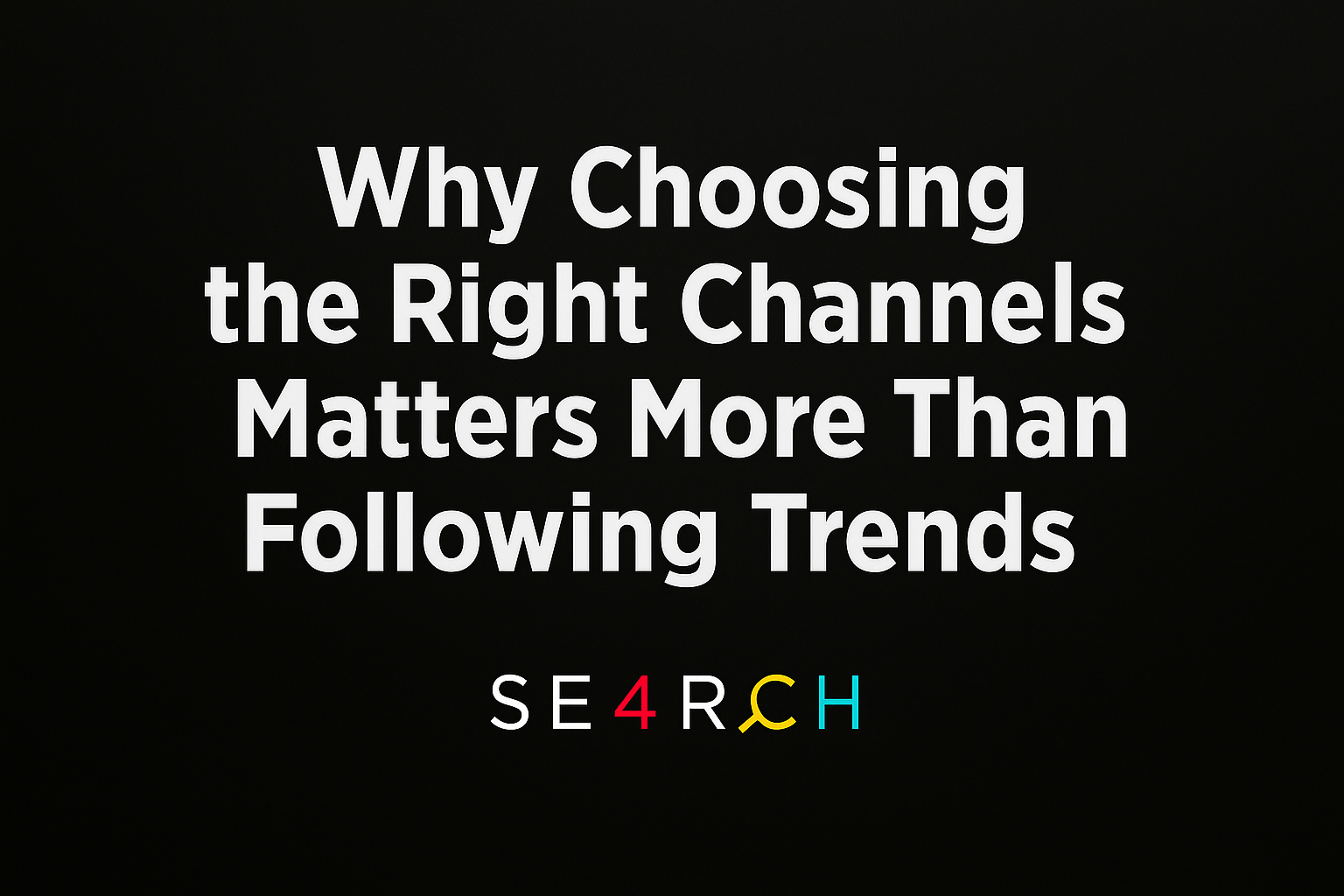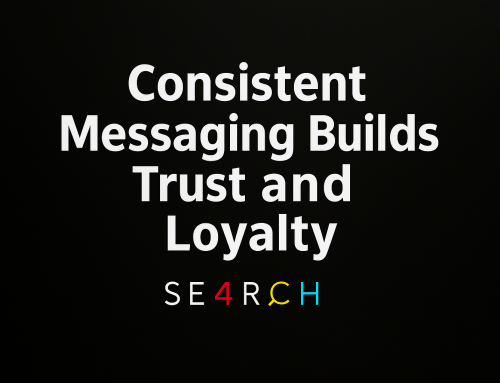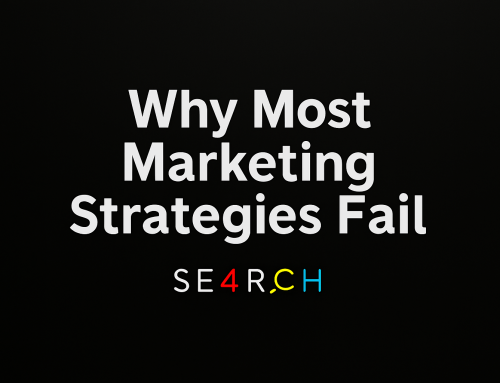It’s tempting. You see competitors active on TikTok, or you hear about someone generating leads from LinkedIn ads, and you think, “We should be there too.”But here’s the truth: if your ideal customers aren’t active or engaged on that channel, your effort will fall flat.
Start With Your Customers, Not the Channel.
The real question isn’t “What channels are popular right now?” It’s:
- Where do my ideal customers spend their time?
- How do they prefer to research and buy?
- What type of content do they engage with?
For example:
- If you’re a B2B consultancy, LinkedIn is likely a smarter investment than Instagram.
- If you run a local café, Google Business Profile and local Facebook groups may outperform a Twitter campaign.
- If you sell to Gen Z, TikTok or YouTube Shorts could be far more effective than email newsletters.
The Cost of Getting It Wrong
Research shows that 41% of marketing budgets are wasted on targeting the wrong channels or audiences (source: eMarketer). That’s not just wasted spend, it’s wasted time, energy, and momentum.
Chasing every trend also leads to inconsistent messaging. Your brand ends up diluted because you’re trying to do everything, everywhere, without the depth to make an impact.
Focus Beats FOMO
The most successful businesses I work with don’t try to dominate every channel. Instead, they select two to three core platforms where their customers are most active, and they focus their efforts on them. They build consistency, refine their messaging, and learn what works for them.
They concentrate efforts within the platform, such as creating targeted ad groups with Google AdWords, rather than trying to cover all bases. This allows success to be measured and a campaign to be built gradually on a solid foundation. From there, they can expand, but only with purpose.
Questions to Guide Your Channel Strategy
Before committing to any marketing channel, ask yourself:
- Does this channel match my customer profiles?
- Can I realistically maintain a consistent presence here?
- Does the format (video, images, text) align with my brand’s strengths?
- How will I measure success on this channel?
If you can’t answer those questions with confidence, it’s better to pause than to dive in blindly.
Marketing isn’t about being everywhere. It’s about being in the right places with the right message for the right people.
So instead of asking, “What channels should I be on?” start asking, “Where are my customers already paying attention?”
That’s where your marketing belongs.
Which marketing channel has been most effective for your business — and which one turned out to be a waste of time?
As always, if you want any help with your marketing plan/strategy or would like to know more about my marketing coaching course, contact us for an informal chat.






